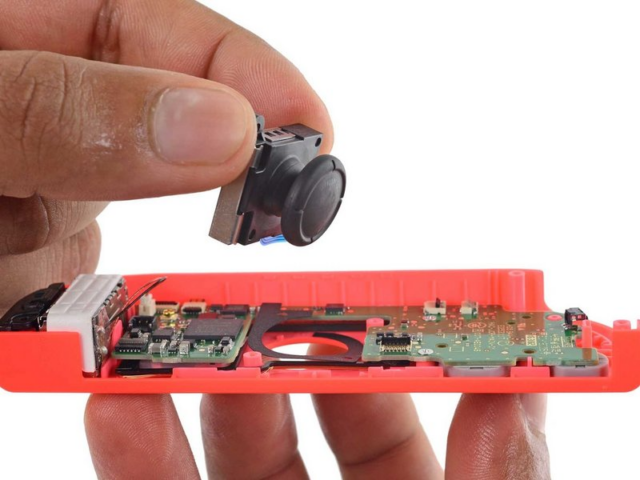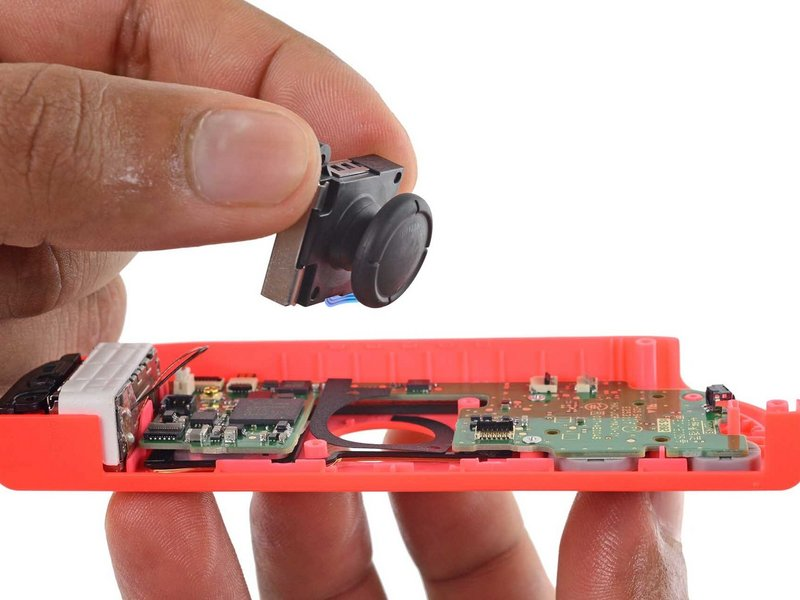After dealing with years of widespread reports of "stick drift" on the original Switch Joy-Cons, Nintendo watchers have been hoping the Switch 2 would make use of magnetic Hall effect sensors that avoid most of the physical wear and tear that causes the problem. Now, though, a Nintendo executive has confirmed that the Joy-Cons on the new console won't make use of the more reliable but more expensive technology.
"Well, the Joy-Con 2's controllers have been designed from the ground up," Nintendo of America Senior Vice President of Product Development & Publishing Nate Bihldorff told enthusiast site Nintendo Life in a recent interview. "They're not Hall effect sticks, but they feel really good."
The confirmation comes after Nintendo pointedly refused to offer details about the Switch 2's joystick hardware at a roundtable Q&A session attended by Ars last week. When a reporter asked whether stick drift "is the sort of thing that has been improved with the Joy-Con 2 and the Pro Controller 2 as well," Switch 2 Technical Director Tetsuya Sasaki responded (via a translator) that the "new Joy-Con 2 controllers have been designed from the ground up from scratch to have bigger movement, and also a lot smoother movement."
Since then, Nintendo had offered similarly vague responses to other outlets when asked directly about the issue. "We haven’t shared what the inner mechanisms are of those control sticks, and if I were to dive into it, it would basically be sharing the whole blueprint of the control stick," Sasaki told Polygon. "The control sticks for Joy-Con 2 controllers have been redesigned and have improved in areas such as durability," a Nintendo spokesperson told VGC.




Bet they are hoping the larger size/longer throw of the new switch fixes it.
The difference is easier to observe in actual joysticks: e. g. if you grab a Thrustmaster T16000(M), its twist pot fails in 0.5—1 years (although it can be cleaned, then it works a bit longer). However, if you find a 25-year old CH Products unit, chances are its pots will be just fine. They didn't skimp.
Another example is audio faders, they're pots as well, and there are some good ones that won't fail.
So while it's probably not great that Nintendo won't use contactless sensors, maybe they still learned their lesson and got decent pots this time.